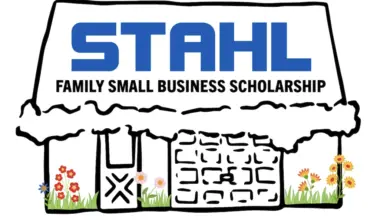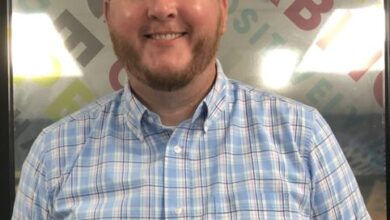Just like any other industry, pricing products is one of the keys to your business’ success. There’s one piece of advice I always give: don’t get into a bidding war with a competitor.
Your competitor has different costs associated with their operation, and their pricing may or may not reflect that. Stick to your pricing because when you waiver, that potential repeat customer will always expect it. Competing with other companies on this level is a surefire way to be forced to close your business due to cash flow issues.
So how do you create a price list that works for you when using D2 equipment? Unlike screen printing, the overall time it takes to print 10 shirts is equivalent to the time it takes to print one shirt 10 times. To clarify this statement, when decorating a garment with the screen printing method, the bulk of time for a small order is consumed by making screens, setup, and clean up. It may take seconds to print one shirt but depending on the job, it most likely would take more than an hour for the other necessary steps. Screen printing one or ten shirts, for the sake of simplicity, would take approximately the same amount of time. With D2 printing, all the steps are the same every time. So if it takes one minute to print a single shirt, then it takes ten minutes to print ten shirts, and your pricing needs to reflect this.
One of the simplest ways to price your printed garments is to create tiered pricing based on print size, number of locations, quantities, and whether or not you’re using white ink. Instead of trying to figure out a cost for every print, use general numbers based on your expenses associated with specific print sizes like 6″ X 6″, 10″ X 10″, and 16″ X 20″. If your customer wants a print size of 7″ X 9″, charge for the next size up. If you have the same design in more than one location without any alteration to the artwork, you may want charge slightly less for the second print since there is no additional labor for setting up the file.
If an average 10″ X 10″ print on a dark garment costs $1.50 with $0.50 in pretreatment, the total consumable cost is $2.00, then applying a standard two-times markup, the least someone should charge for the consumable portion of this print is $4. If the average print time with white ink takes three minutes, and you charge a minimum of $60 per hour for the use of your equipment (including overhead), then an additional $3 would need to be added. Here’s the breakdown:
60 minutes/3 minutes per print = 20 shirts per hour
$60 per hour/20 shirts printed in per hour = $3 per print
According to this structure, the minimum to charge for that print is $7 ($4 + $3) while the maximum might be doubled to $14. If you pay $3 for the shirt but charge $6 and use the doubled print price of $14, that puts you at $20 for a single-sided, black printed shirt. If you look in the industry today, this is a typical price for a single D2-printed garment with white ink. Now, if you transfer these numbers to quantity-based pricing, the most someone would pay is $20 per shirt and the least is $13.
Whichever method you choose for the most success, be sure to standardize it and try your hardest to not deviate from it.
—ColDesi




